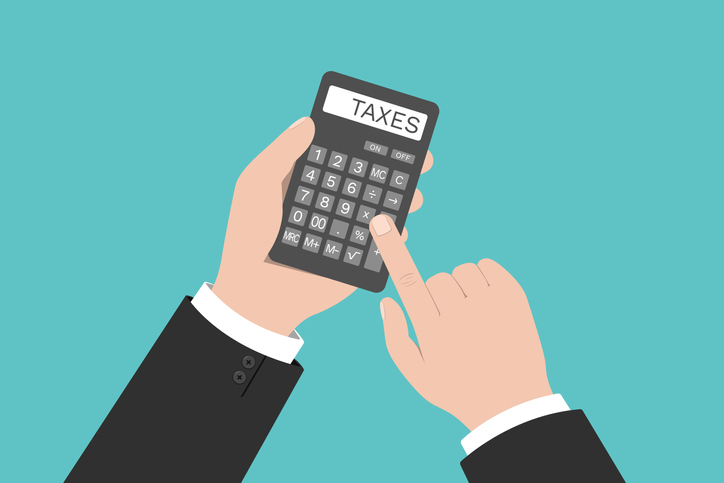Can you claim for Corporation Tax relief if you make a loss from trading?
Following the proposal to temporarily extend the loss carry back rules for UK companies, Andy Gibbs ATT, CTA of TaxAssist Accountants explains how a company can use trading losses to reduce future tax bills or generate cash refunds.

As the world recovers from the COVID-19 pandemic, the UK government has announced various packages to assist UK businesses, with one being the proposal to temporarily extend the loss carry back rules for UK companies. This now means that certain trading losses may potentially be carried back for three years rather than the usual 12 months.
What are trading losses?
Put simply, a company will have a trading loss when its trading income is less than its trading expenses. To determine the loss, you look at the company accounting profit or loss figure.
The profit or loss figure must be adjusted for tax purposes because an accounts loss is not the same as an allowable tax loss. For example, some expenditure is disallowed for tax and there will be additional allowances which can be claimed for tax. Common examples of disallowed expenditure are depreciation on capital assets and costs relating to business entertaining.
The taxable profit or loss figure is further adjusted for allowable tax expenditure, such as claims in respect of qualifying capital expenditure and research and development tax credit deductions, where applicable.
Where the adjusted trading expenses are greater than the trading income, the company will be in a loss position. The trade profit assessment in the corporation tax return will be nil and the company will have several options to relieve the loss.
How do you claim for a trading loss?
A claim for trading losses forms part of the company’s tax return.
Where you make use of the three-year carry back rules and the period being amended falls outside the amendment window, you may need to write or send a paper return to HMRC.
Special considerations apply to groups of companies and several restrictions may apply.
What trading loss options are available?
Once a trading loss has been established, there are a few options available:
- You could set the trading loss against total profits in the current accounting period (where you have non trading income).
- You could carry the trading loss back and set it against total profits in the prior 12 months.
- You could also carry forward the trading loss, when made after 1 April 2017, and set this against total profits of a later period.
Different rules apply to trading losses before 1 April 2017 and losses which arise when a company ceases to trade or belong to a group or consortium. You can find out more about these rules on GOV.UK.
In addition, due to the COVID-19 pandemic, where a company incurs trading losses for periods ending between 1 April 2020 and 31 March 2022, these can be carried back for three years, with the losses being set against later years first.
However, it should be noted there are several restrictions which apply in respect of the three-year carry back option. For example, the relief is capped at £2 million of unused losses per year. For groups of companies, where they are looking to carry back losses greater than £200,000, they must apportion the £2 million limit. The usual carry-back rules relating to losses will continue to apply.
With Corporation Tax set to rise from 19 per cent to 25 per cent in April 2023, companies will need to consider the respective benefits of claiming a tax refund now at 19 per cent or carrying forward losses which may attract relief at 25 per cent.
From April 2023, the government will introduce a new Small Profits Rate of 19 per cent for companies with annual profits of £50,000 or less and for companies with profits between £50,000 and £250,000, they will pay tax at the main rate of 25 per cent reduced by a marginal relief providing a gradual increase in their tax rate.
Summary
It should be noted that the above information is intended to inform rather than advise and is based on legislation and practice at the time. Taxpayers’ circumstances do vary, and businesses should always seek professional advice before dealing with Corporation Tax.
About the author
Andy Gibbs ATT, CTA is Group Technical Manager at TaxAssist Accountants, a UK wide network of small business focused accountants supporting over 78,000 small businesses across 375 locations.
See also
Five tax breaks SMEs can benefit from in the UK
How can Patent Box reduce your Corporation Tax?
What is SME Research and Development tax relief?
Find out more
Corporation Tax (GOV.UK)
Rates and allowances for Corporation Tax (GOV.UK)
File your accounts and Company Tax Return (GOV.UK)
Image: Getty Images
Publication date: 21 June 2021
Any opinion expressed in this article is that of the author and the author alone, and does not necessarily represent that of The Gazette.
